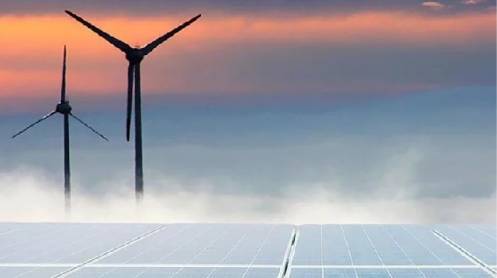BEIJING: Nearly two-thirds of the world’s large wind and solar plants under construction are in China, significantly reducing coal’s share in power generation, according to a report by US-based think tank Global Energy Monitor (GEM) released on Thursday.
China is building 339 gigawatts (GW) of utility-scale wind and solar, accounting for 64% of the global total, dwarfing the second-place United States, which has a project pipeline of 40 GW. This rapid development puts the global goal to triple renewable capacity by the end of 2030 well within reach, even without additional hydropower. The report’s authors have urged China to elevate its climate targets in its pledges to the UN next year.
Beijing is set to meet its 2030 goal of installing 1,200 GW of wind and solar by this month, six years ahead of schedule, according to Sydney-based think tank Climate Energy Finance. However, integrating the surge in renewables remains a challenge for China’s coal-dependent grid, necessitating faster development of transmission infrastructure, GEM research analyst Aiqun Yu noted.
Recent data indicates that China’s renewable generation has reached record highs. In May, coal accounted for 53% of China’s electricity generation, a record low, while 44% came from non-fossil fuel sources, including 12% from solar, 11% from wind, 15% from hydropower, 5% from nuclear, and 2% from biomass. This shift suggests that China’s carbon emissions may have peaked last year if the trend continues, according to Lauri Myllyvirta, senior fellow at the Asia Society Policy Institute.
Solar power generation in China surged by a record 78% year-on-year in May to 94 terawatt-hours (TWh). Although China’s National Bureau of Statistics reported a 29% increase, this figure excludes electricity from rooftop solar panels, which comprise about half of the total solar power output.
The increased renewable generation led to a 3.6% reduction in carbon dioxide emissions from the power sector, which constitutes around 40% of China’s overall emissions. If the current rapid deployment of wind and solar continues, China’s CO2 output is likely to keep falling, making 2023 the peak year for the country’s emissions.





